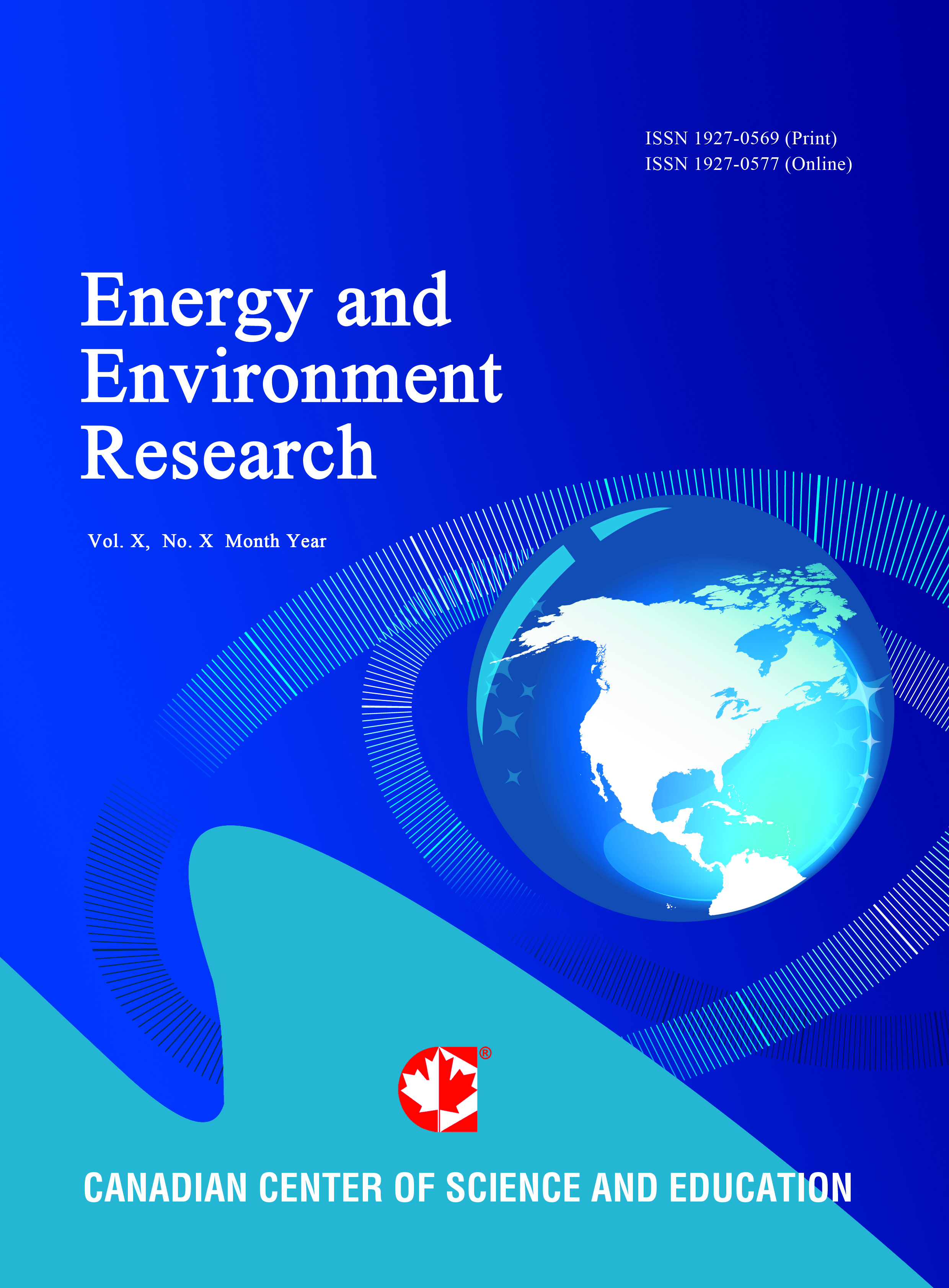Enhancing Furnace Thermal Efficiency by Adjusting Fuel Temperature
- Chien-Li Lee
- Chih-Ju Jou
Abstract
Increasing fuel temperature leads to lower fuel density so that speed of the fuel leaving the nozzle increases causing the fuel to reach the burning point sooner. Hence, a higher temperature can be maintained in the furnace to reduce heat loss. Increasing the fuel temperature also causes higher temperature of the hot gas surrounding the burner nozzle, faster flowing velocity for the hot gas flow in the furnace, more even thermal distribution in the furnace, as well as faster thermal flow rising velocity and higher temperature in the furnace radiation zone. Hence, the fuel consumption and carbon dioxide emission are significantly reduced. In this study, results obtained with a full-scale furnace show that when the fuel temperature is raised from 95 oC to 130 oC, the hot gas temperature in the convective zone of the furnace rises by 21 oC; the furnace pressure increases by 2.5 mm H2O so that oxygen concentration in the excess air drops by 1.2 vol %. Under these conditions, 7.5 x 105 m3 of fuel cost can be saved, and 858 ton per year of CO2 emission can be reduced.
- Full Text:
 PDF
PDF
- DOI:10.5539/eer.v3n2p1
Journal Metrics
(The data was calculated based on Google Scholar Citations)
h-index (July 2022): 19
i10-index (July 2022): 53
h5-index (July 2022): N/A
h5-median(July 2022): N/A
Index
- BASE (Bielefeld Academic Search Engine)
- CiteFactor
- CNKI Scholar
- Elektronische Zeitschriftenbibliothek (EZB)
- Excellence in Research for Australia (ERA)
- Genamics JournalSeek
- Google Scholar
- NewJour
- Norwegian Centre for Research Data (NSD)
- PKP Open Archives Harvester
- Publons
- ROAD
- SHERPA/RoMEO
- Standard Periodical Directory
- Ulrich's
- Universe Digital Library
- WorldCat
Contact
- Lesley LuoEditorial Assistant
- eer@ccsenet.org
